2 Tested Ways to Connect Two Laptop Screens With HDMI
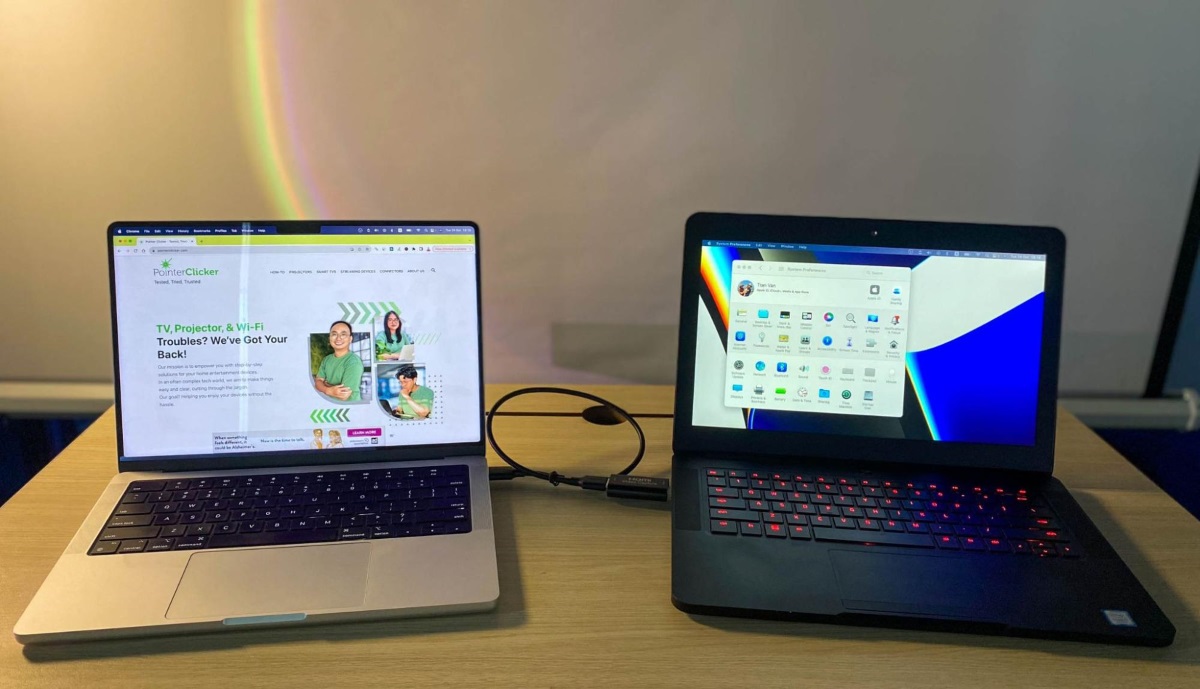
What To Know
- Directly connecting two laptops with an HDMI cable is not possible because both laptop HDMI ports only support video output, not input.
- For a wired connection between two laptops, use a video capture card and OBS software; this method might introduce slight video lag.
- Alternatively, connect two laptops wirelessly using the MiraCast feature in Windows, ensuring both are on the same Wi-Fi network.
In this article, I’ll demonstrate two effective methods for connecting two laptop screens.
Let’s get started!
Quick Navigation
Can You Connect Two Laptops with an HDMI Cable?
No, two laptops can not be directly connected with an HDMI cable.
While this solution may seem obvious, it won’t create the results you’re hoping for.
So, instead of connecting your two laptops with a simple HDMI cable, try one of these two alternative solutions:
- Use a video capture card to facilitate a wired connection.
- Use the MiraCast feature on Windows laptops to connect the two laptops wirelessly.
How to Properly Connect Two Laptop Screens
Connecting two laptop screens allows the main laptop to be used as the primary display and the input source for the second laptop screen. So, you can choose which content to play on the main screen and then watch it appear on the second screen as well.
In essence, the second laptop screen will be like an external monitor mirroring the first laptop’s content.
Overview Table
| Method | Requirements | Step-by-Step Instructions |
| 1. Use the Video Capture Card | You have a video capture card.
The OBS software is installed on one or both laptops. |
1. Install the OBS software on your laptops (either on one or both).
2. Connect the primary laptop to the video capture card using an HDMI cable. 3. Plug the video capture card’s USB into the secondary laptop. 4. Open OBS on the secondary laptop. 5. Click Add source in OBS and select Video Capture Card. 6. Name the primary laptop as desired. 7. In the Device section, choose USB Video. 8. You’ll see the primary laptop’s content on the secondary laptop. 9. On the primary laptop, press the Windows + P buttons and select Extend for a dual-screen setup. |
| 2. Use the Wireless Display (MiraCast) | Both laptops must have the Wireless Display (MiraCast) feature installed.
Ensure both laptops are connected to the same Wi-Fi network. |
1. Check if your laptop has the MiraCast feature installed.
2. If not, install it by following specific steps. 3. Ensure both laptops are on the same Wi-Fi network. 4. On the primary laptop, press Windows + P and select Connect to a wireless display. 5. Choose the secondary laptop from the device list. 6. Approve any permission notifications. 7. Enter the connection code if prompted. |
1. Use the Video Capture Card
If you want to link your two laptops via a wired connection, you must use a video capture card coupled with the OBS software.
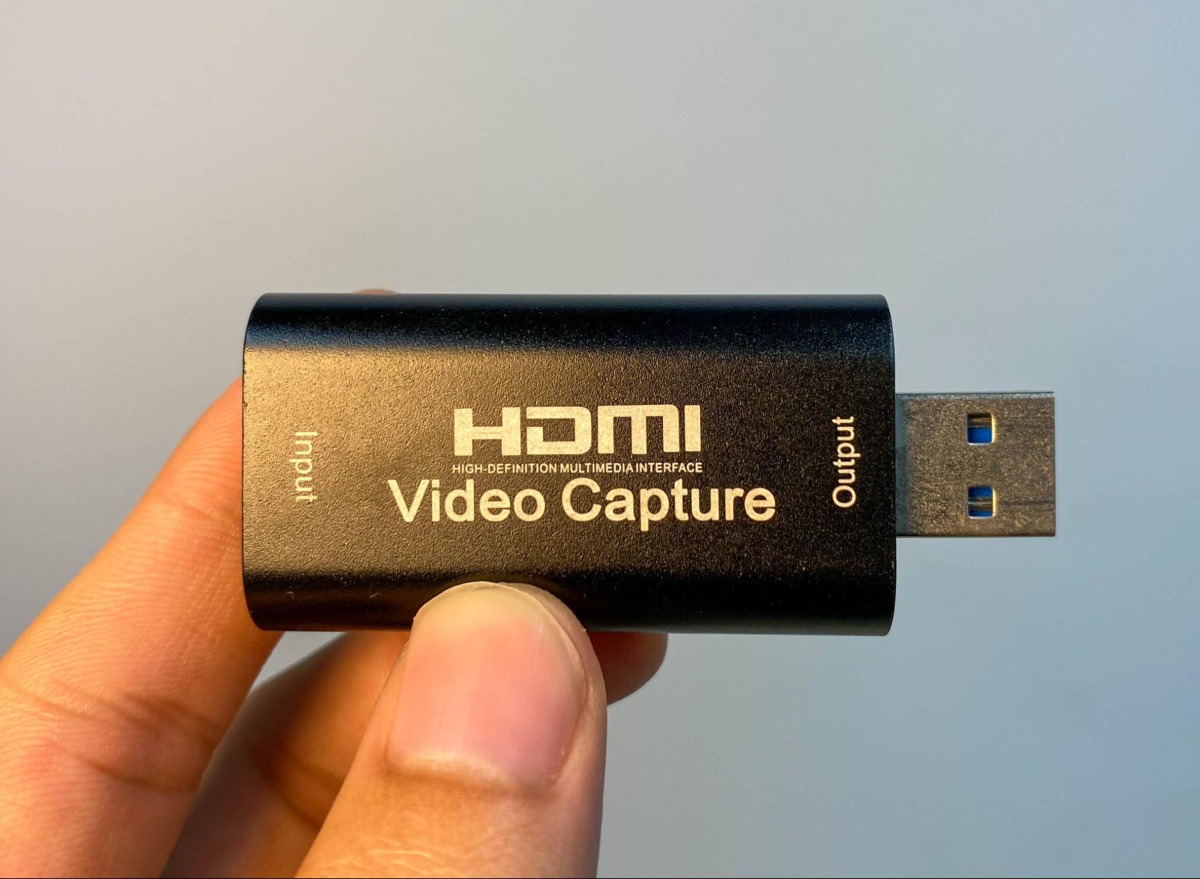
Note: I’ve found that this method may cause your video transmission to slightly lag, leading to a slower user experience.
Follow the steps below to connect your two laptops using a video capture card.
Step 1: Install the OBS application.
You can install the OBS software on your primary laptop or install it on both laptops if you want to switch between using either one as the primary.
Head to the official OBS website to install the OBS software.
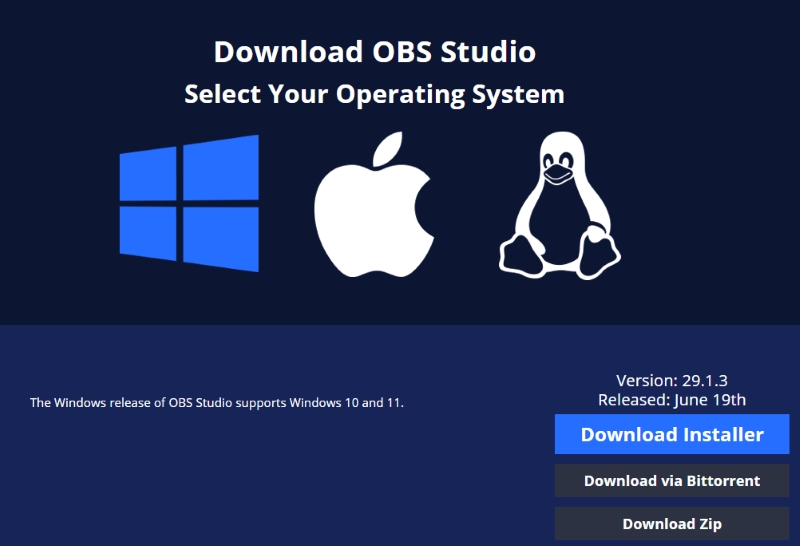
Step 2: Connect your video capture card to the primary laptop using an HDMI cable.
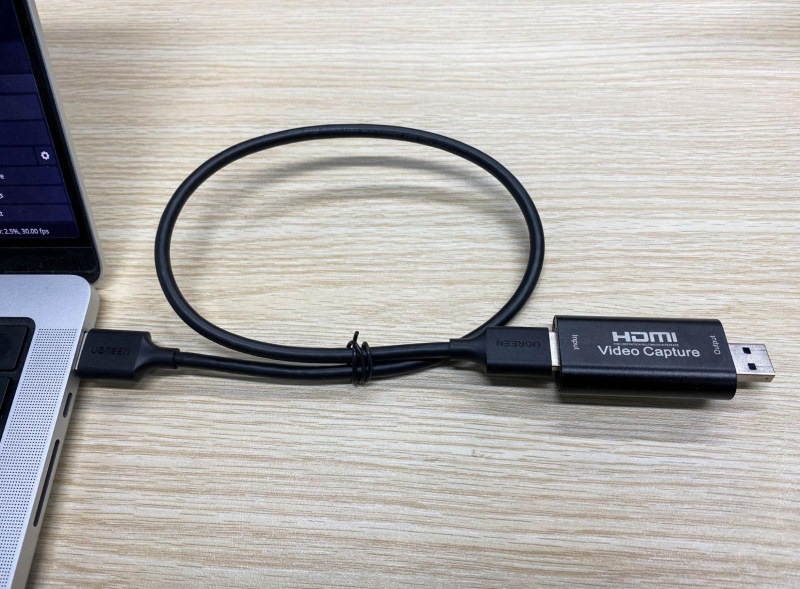
Step 3: Connect the video capture card’s USB to your secondary laptop’s USB port.
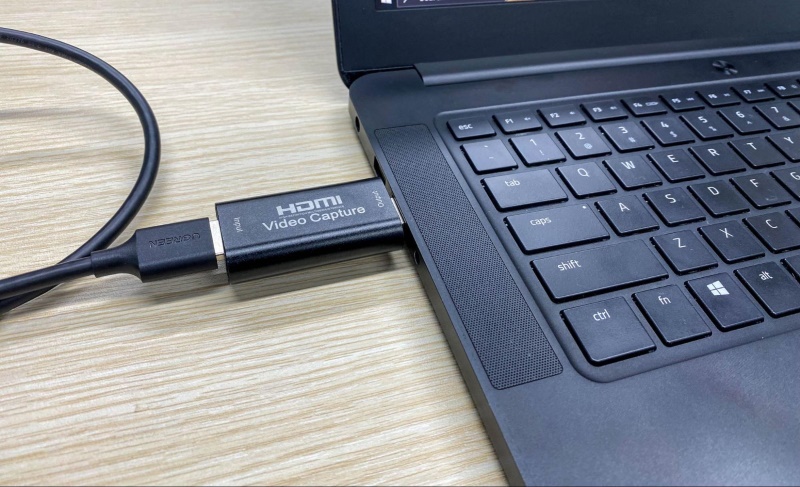
Step 4: On the second laptop, launch OBS.
Step 5: Find and select Add source in the bottom left of the OBS app.
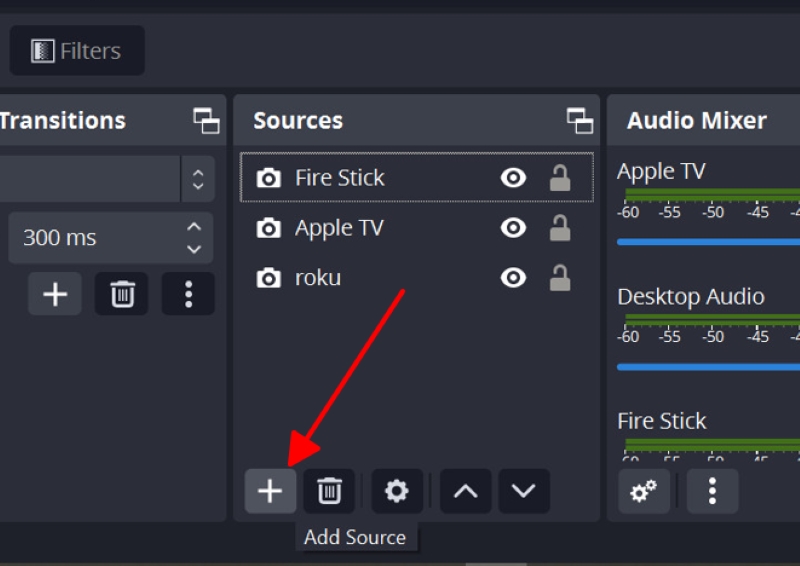
Step 6: From here, click Video Capture Card.
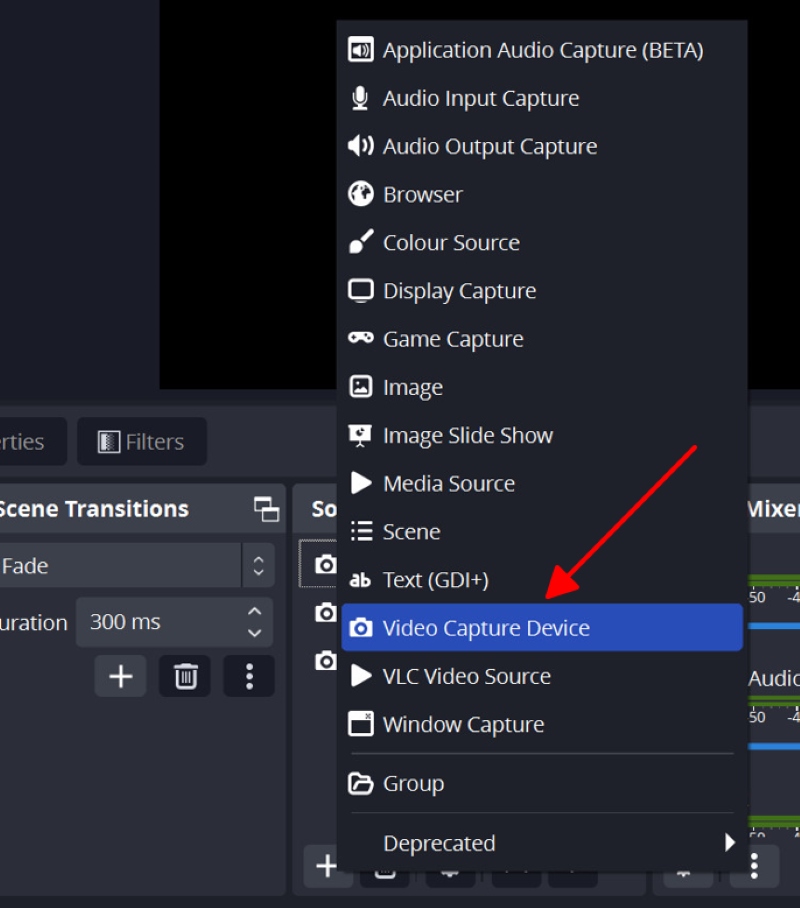
Step 7: Enter a name for your primary laptop (e.g. “Host laptop) before clicking OK.
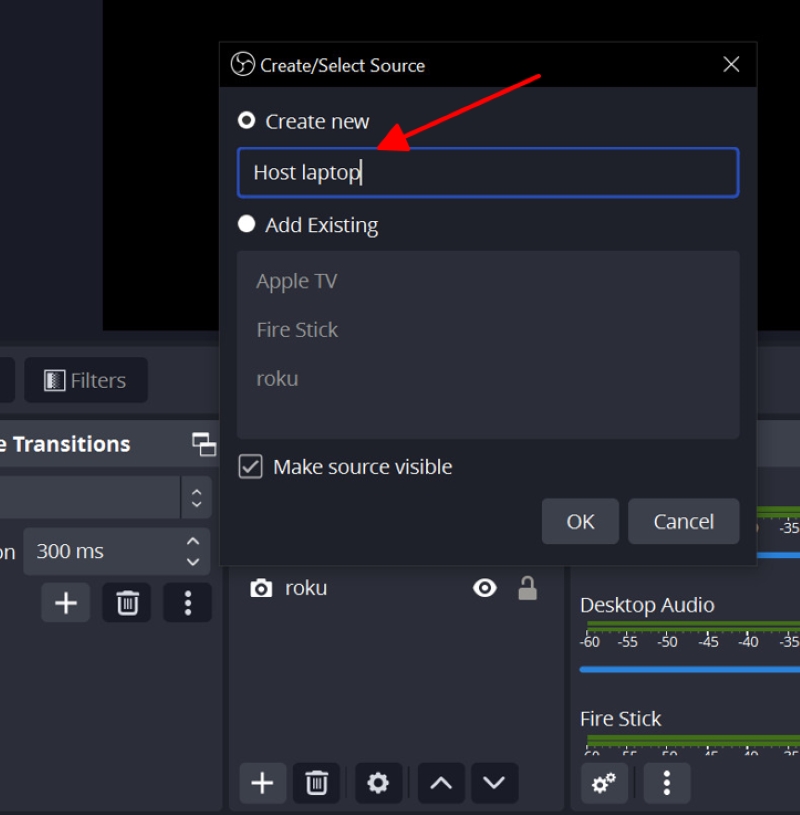
Step 8: Under the Device section, choose USB Video.
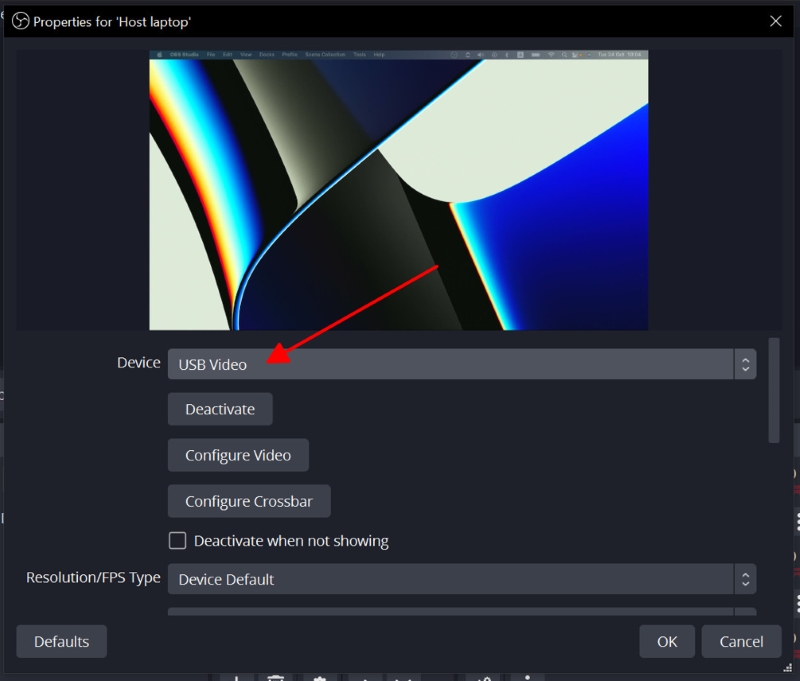
Step 9: Now you should see your primary laptop’s content on your secondary laptop’s screen.
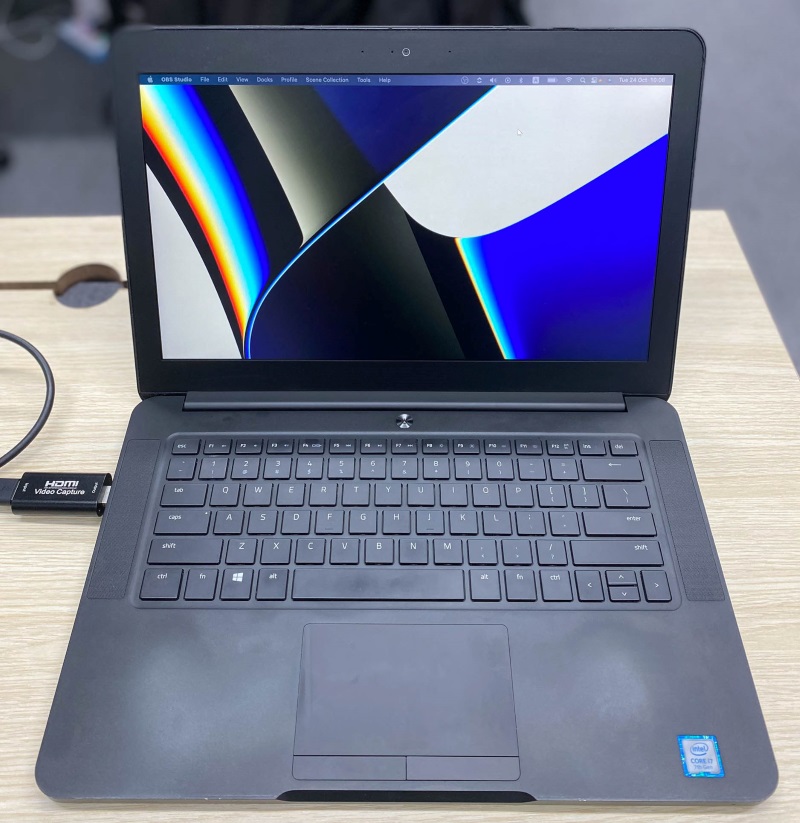
Step 10: Then, turn your attention to the primary laptop and simultaneously press the Windows and P buttons. From here, choose Extend to create a dual-screen setup.
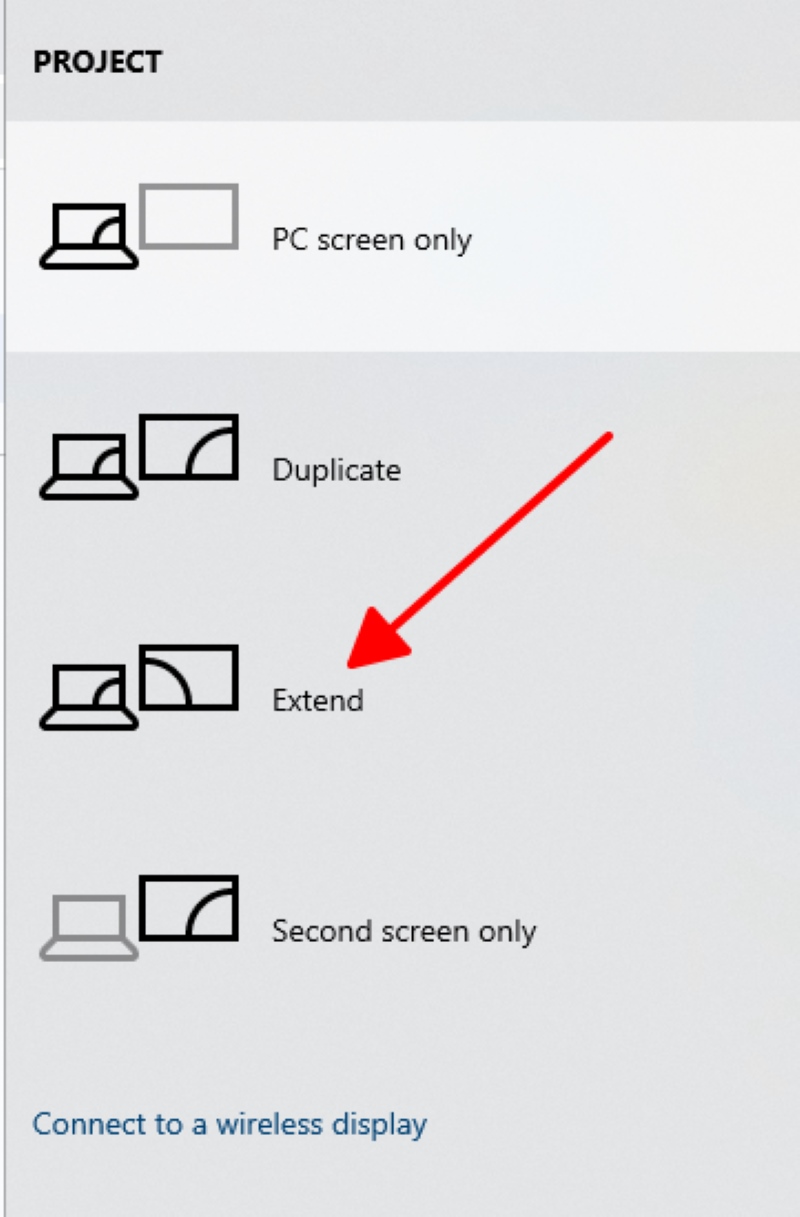
On a MacBook, the dual-monitor settings may be the default. If they’re not, head to your MacBook’s Display settings and set it to Extend Display mode.
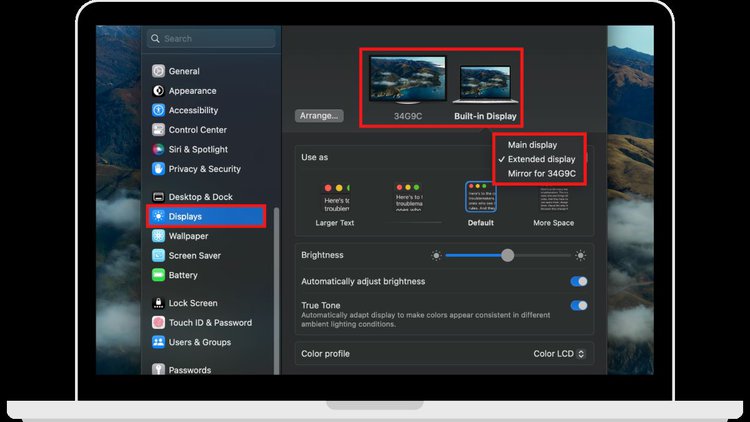
Watch the video below demonstrating how to connect to laptops via a wired connection.
2. Use the Wireless Display (MiraCast) Feature
If you don’t have a video capture card on hand, you can connect your two Windows laptops using MiraCast instead.
Requirements
To connect two laptops wirelessly using this method, they must both have the Wireless Display (MiraCast) feature.
You can verify if your laptop has the MiraCast feature installed on it by following the steps below.
Step 1: In the bottom-left corner of your laptop screen, select the Search icon. Then, enter “feature” into the search bar.
Next, head to Manage optional features.
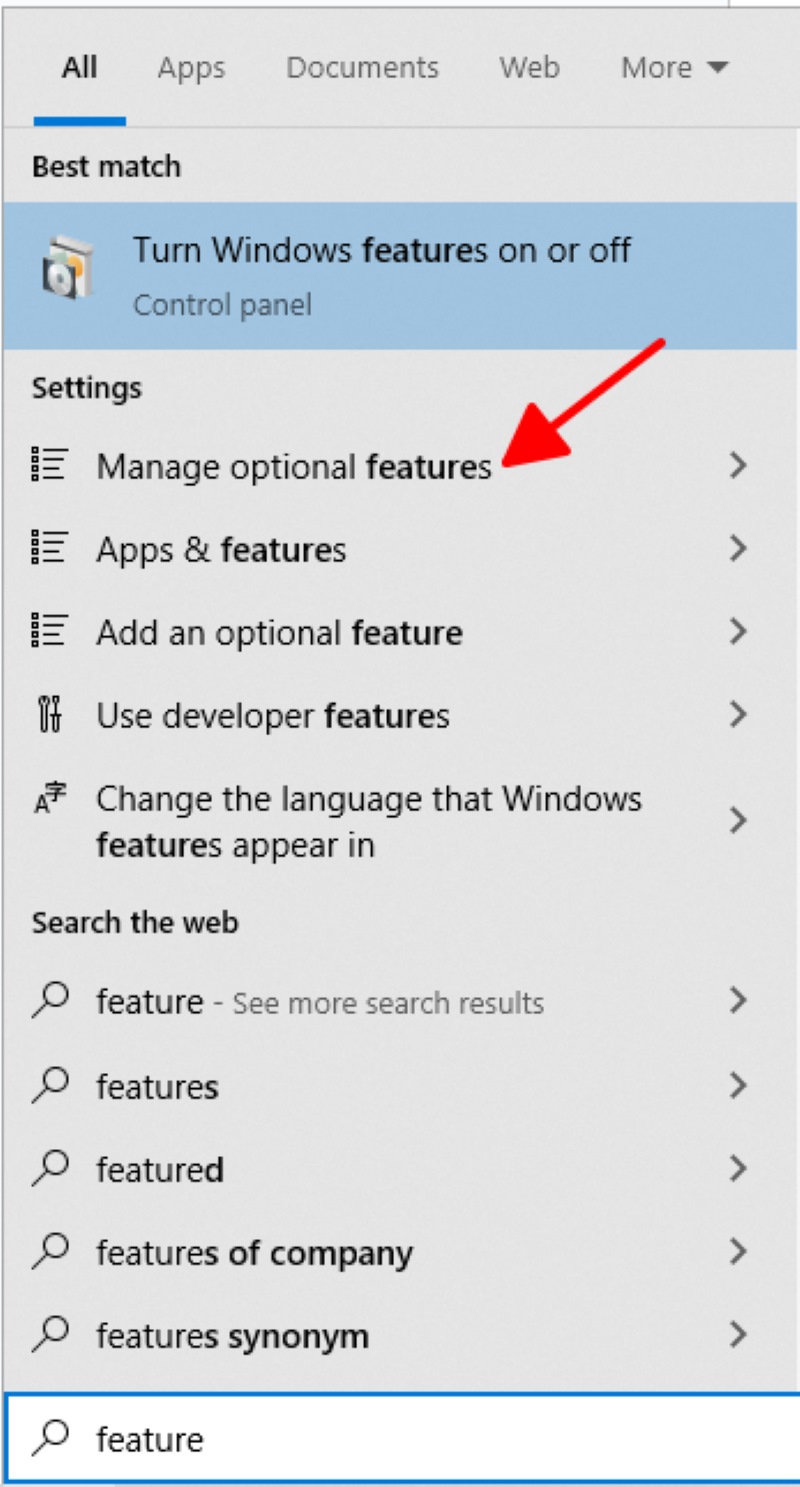
Step 2: Under the Installed features section, look for “wireless display.” If you see it listed here, proceed to our step-by-step instructions for how to use MiraCast. Otherwise, proceed to Step 3.
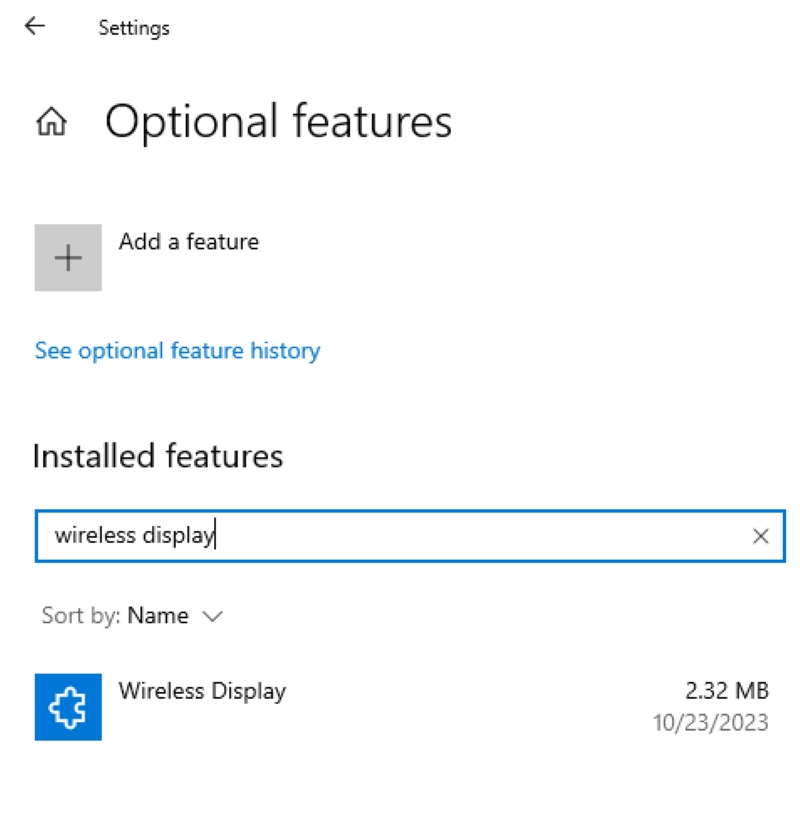
Step 3: Head to Add a feature and look for “wireless display.”
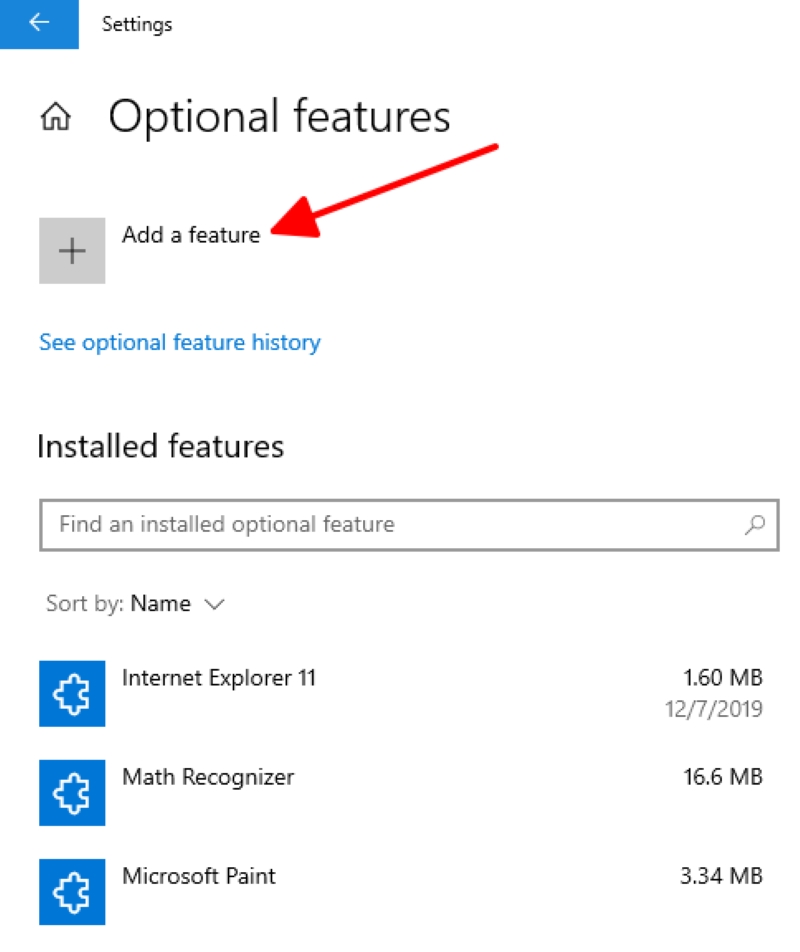
Then, install it on your laptop.
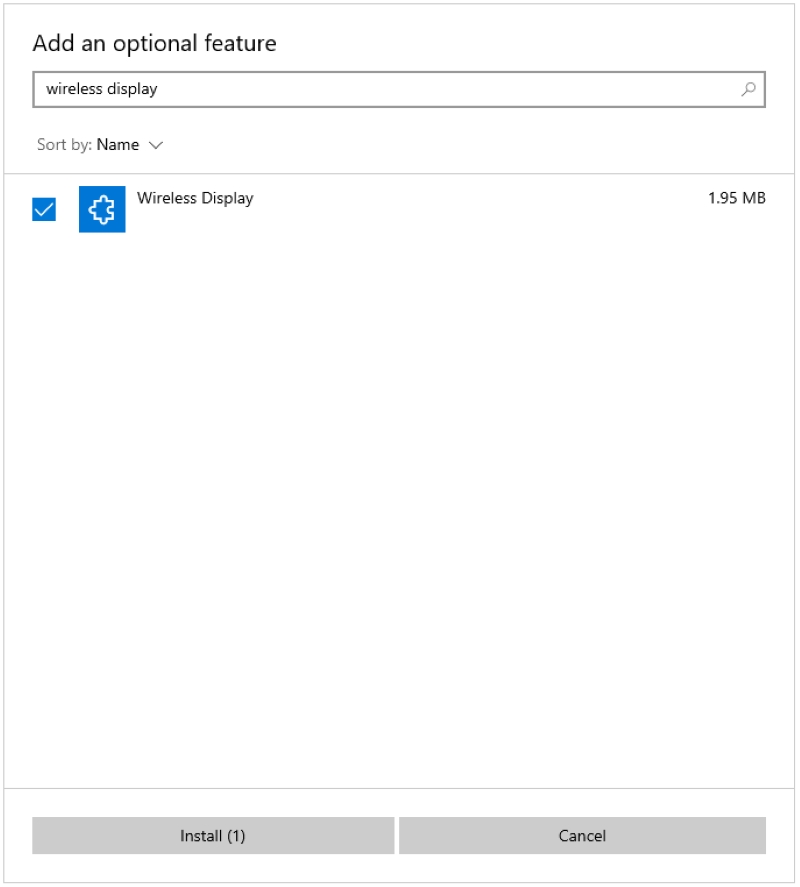
Wait a few seconds for the Installed message (shown below) to appear on-screen, confirming the Wireless Display (MiraCast) feature has been installed on your laptop. Do not exit out of this window until you see this message.
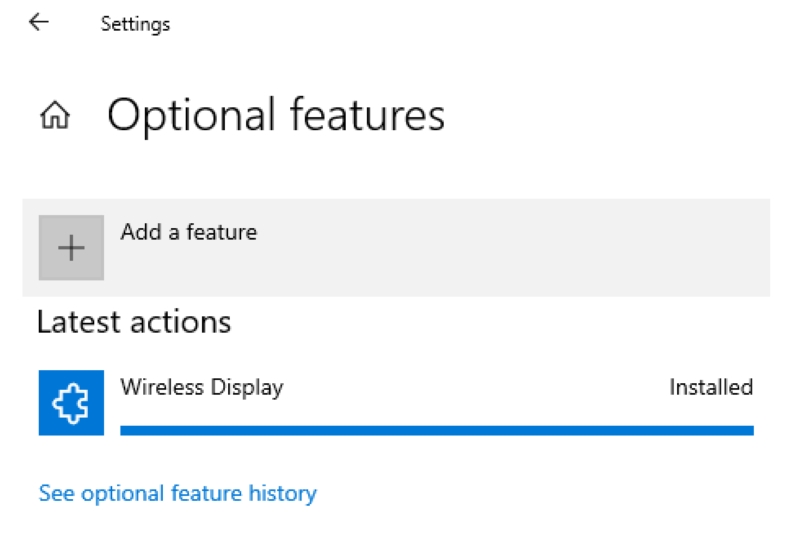
How to Use MiraCast: Step-by-Step Instructions
Step 1: Connect both laptops to the same Wi-Fi network.
Step 2: On your primary laptop, simultaneously press the Windows and P buttons. In the Project window, click Connect to a wireless display.
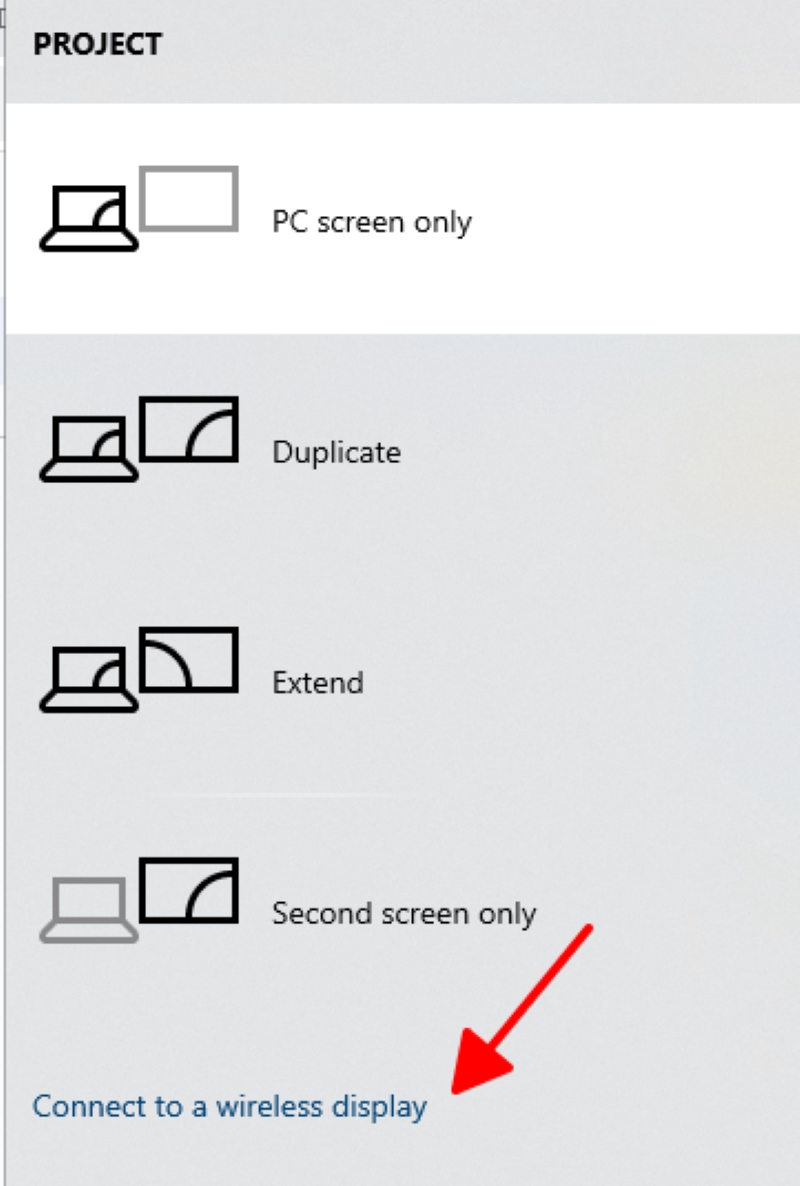
Step 3: In the device list, select your secondary laptop’s name. In my case, I’ll choose Admin.
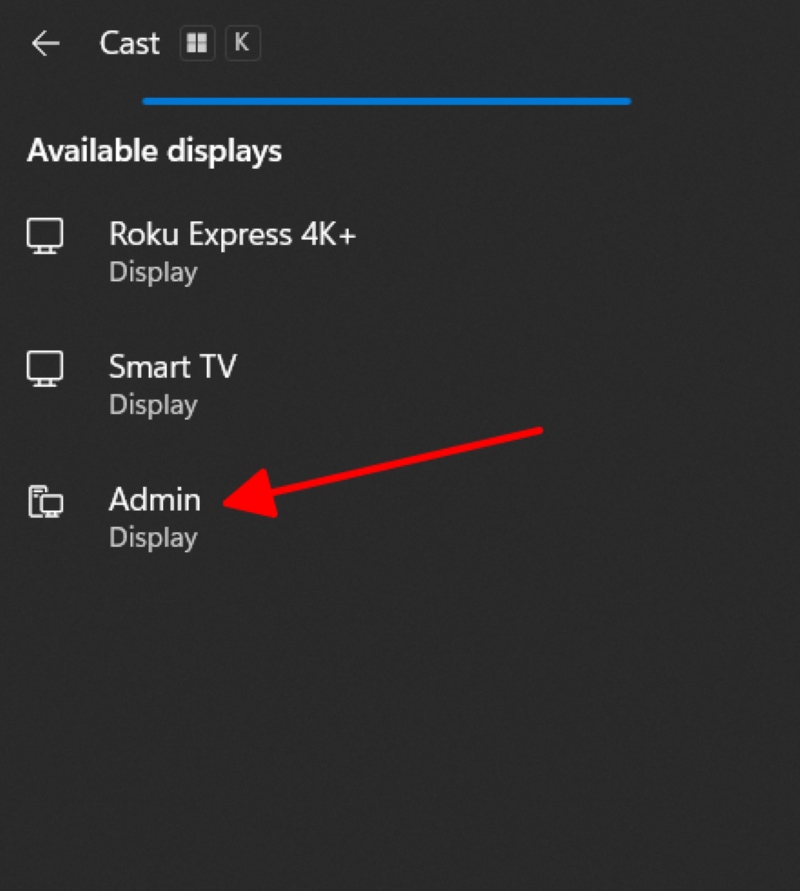
Note: To verify your laptop’s name, search for “view your PC name.”
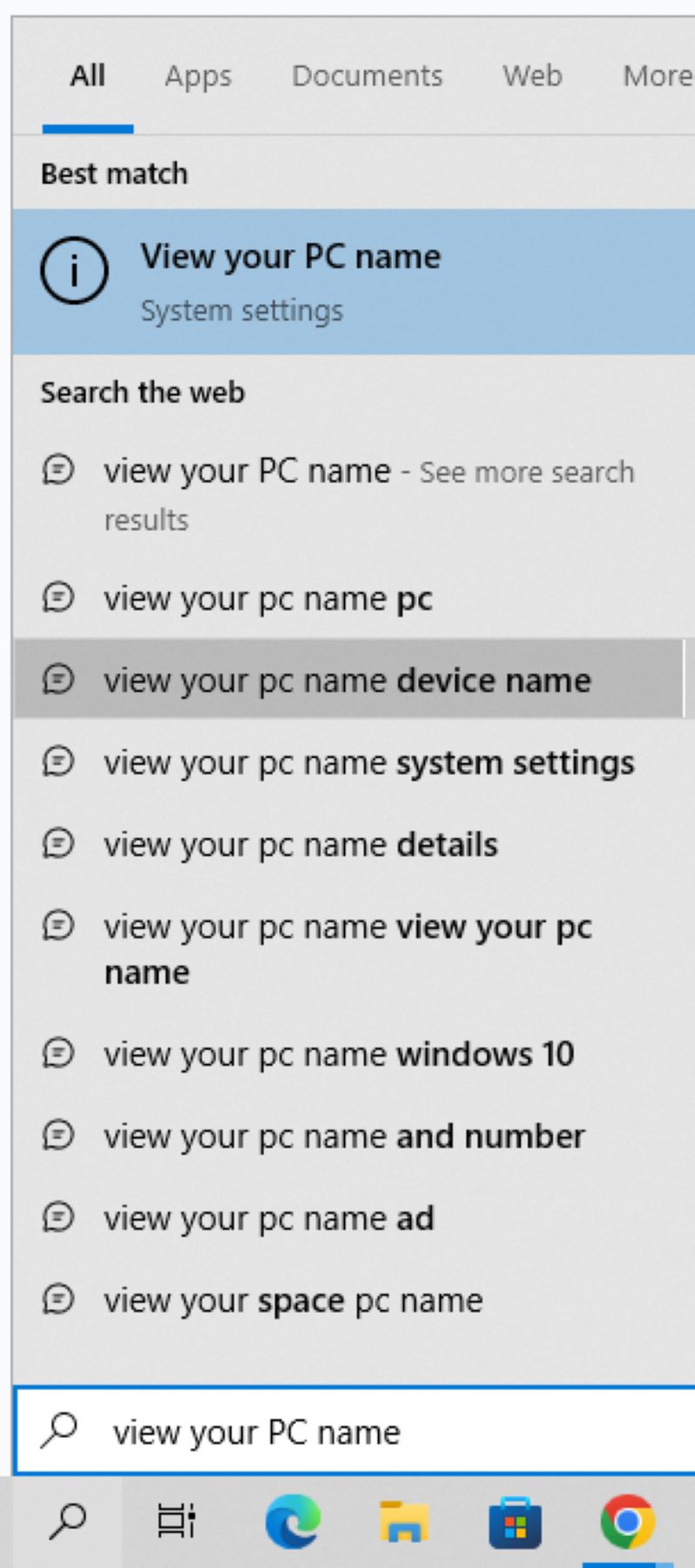
If you’d like to rename your laptop, go to Rename this PC.
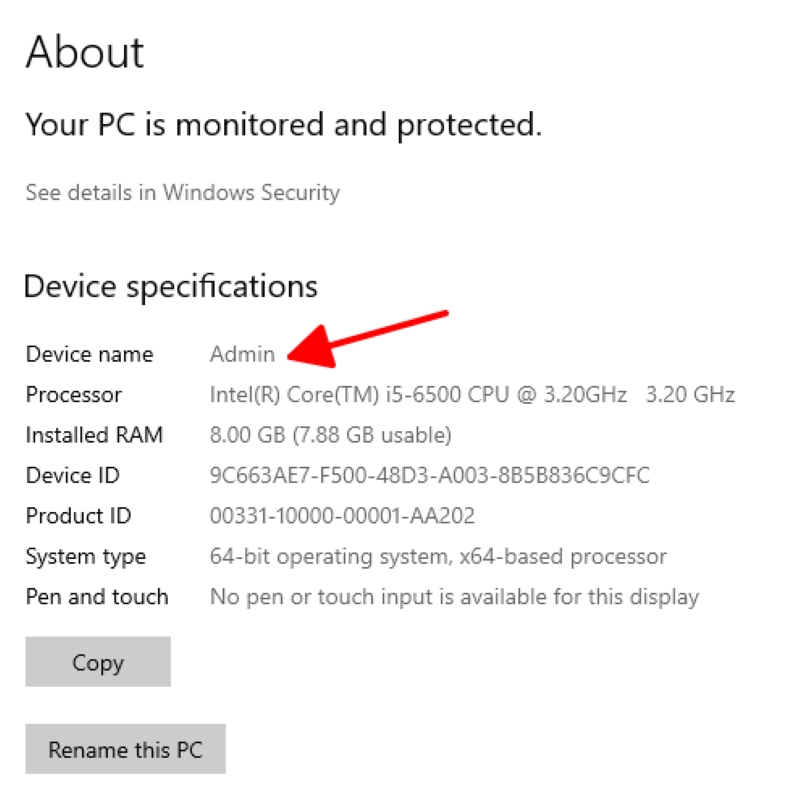
Step 4: If any permission notifications appear on your secondary laptop, accept them by clicking OK.
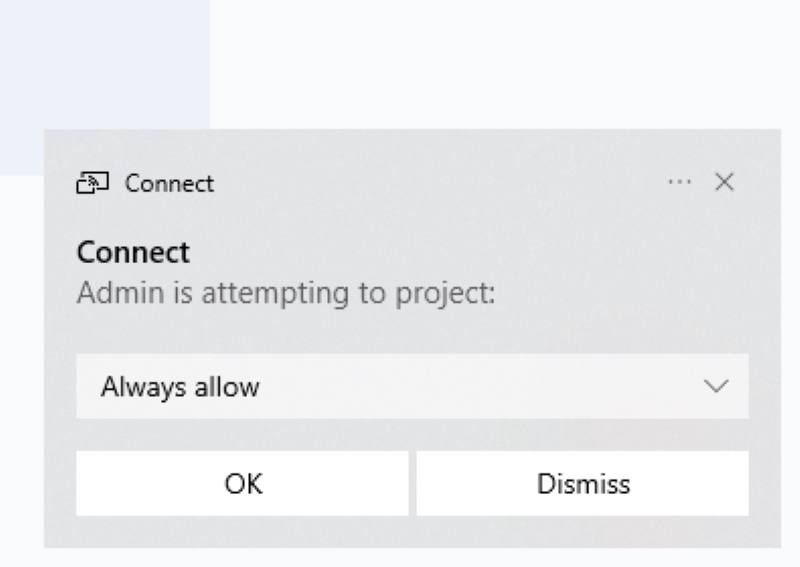
Step 5: If prompted, enter the connection code on your primary laptop to link it to your secondary laptop.
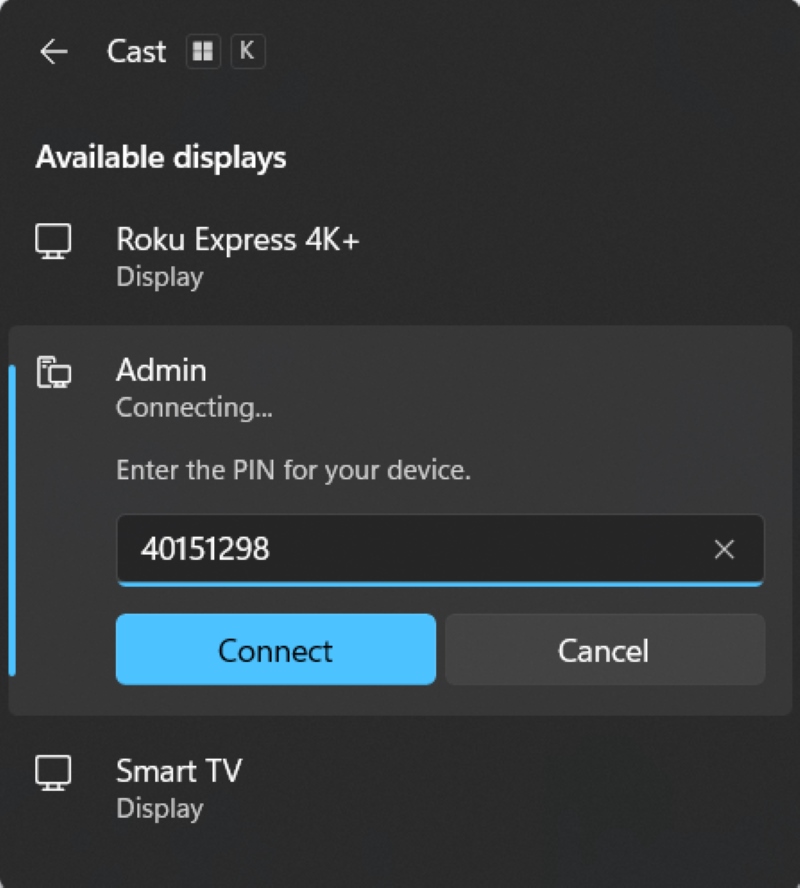
Watch the video below demonstrating how to connect two laptops wirelessly using MiraCast.
What Will Happen if I Connect Two Laptops With an HDMI Cable?
Three main scenarios could happen if you connect two laptops with an HDMI cable: nothing happens, one laptop short circuits, or both laptops short circuits.
This is because when an HDMI cable is plugged into an output HDMI port, the output HDMI port will begin to send video data through the cable.
But to send video data, you need to use electricity. Usually, a charge of five volts is sent through the HDMI cable from the output HDMI port.
So when you plug two output HDMI ports together, a charge is sent through the HDMI cable to each other.
Luckily, manufacturers design the front of HDMI ports to have a chip of protection circuitry. This can protect an output HDMI port from any charges from another output HDMI port.
However, not all manufacturers include this protection circuitry to cut down manufacturing costs, especially in cheaper laptops.
If nothing happens, then you either got lucky, or both of your laptops have a protection chip that prevents them from short-circuiting.
If one or both of your laptops short circuits, or if your HDMI cable burns, then one or both of your laptops don’t have a protection chip. If you’re lucky, they’ll just need a quick repair, but if not, you may have to get new laptops entirely.
This happens whenever two output HDMI ports are connected, no matter what devices you’re using. So, before connecting anything, make sure to always check that one is an output HDMI port and one is an input HDMI port!
Why Can’t You Connect Two Laptops With an HDMI Cable?
Laptops’ HDMI ports only support video output, not input. So, connecting an HDMI cable directly to both ports will not yield satisfactory results. Instead, you must use a video capture device as an intermediary so one laptop can be used as an input source for the other one.
Alternatively, you can use your Windows laptop’s Wireless Display (MiraCast feature) to connect the two laptops wirelessly. I demonstrated how to complete this process earlier in this article.
Wrapping Things Up
You heard it here first: you can not directly connect two laptops by simply using an HDMI cable. In fact, connecting two laptops this way could cause them to short circuit. Additionally, laptops only have video output HDMI ports, making it impossible for them to directly receive video input.
Instead, you can either connect two laptops with an HDMI cable using a video capture card or connect them wirelessly with MiraCast.
Bear in mind that the video capture card may cause your setup to slightly lag.
When linking your laptops wirelessly, ensure you have a stable Wi-Fi connection, since a slow network may make it difficult to establish a strong connection.
What’s your experience connecting two laptop screens? Do you prefer the wired or wireless connection method?
Let us know in the comments below!
Yesenia Achlim is a technical copywriter and editor with a focus on AV equipment. She aims to break down complicated topics and make technology accessible, no matter your technical expertise. When she’s not teaching you how to replace a projector lamp, you can find her reading and baking.


Excellent article, except that the first link in it – for a capture card – is for the wrong product (USB 3.0 to HDMI Adapter).